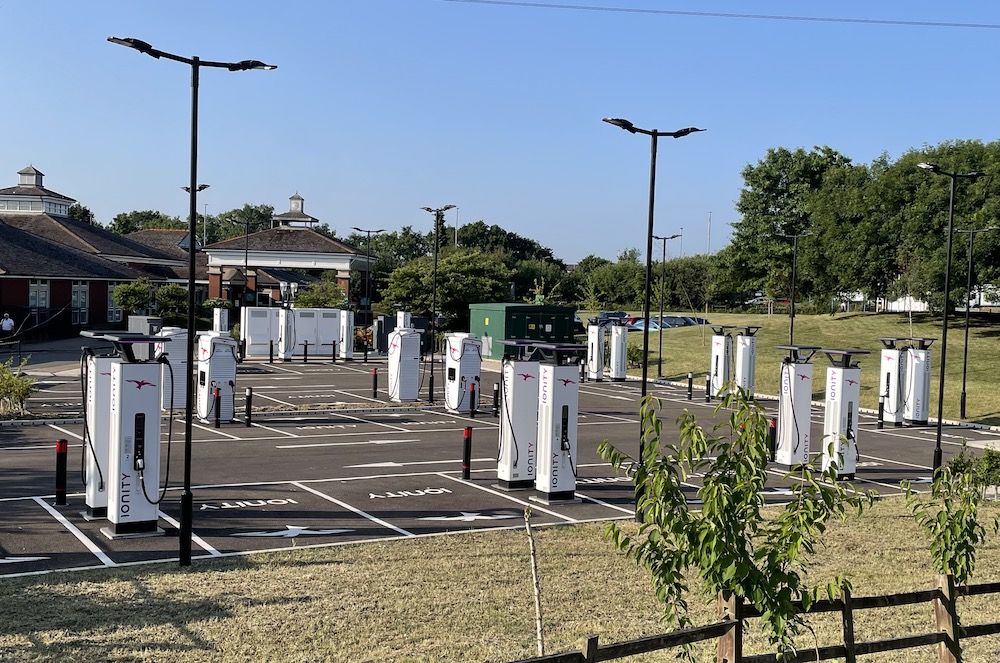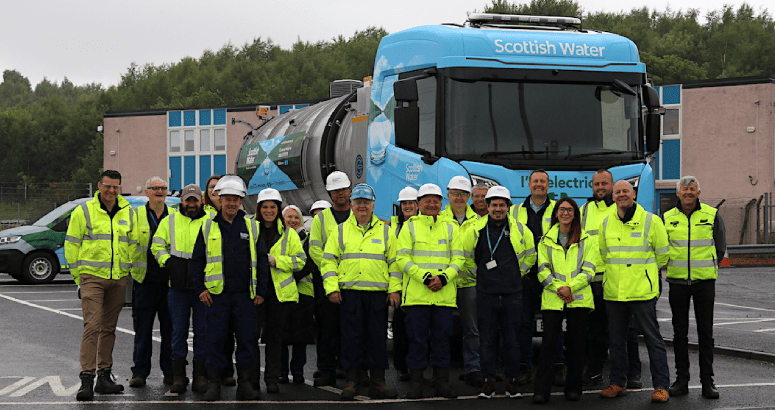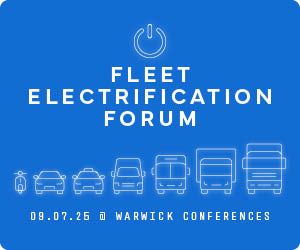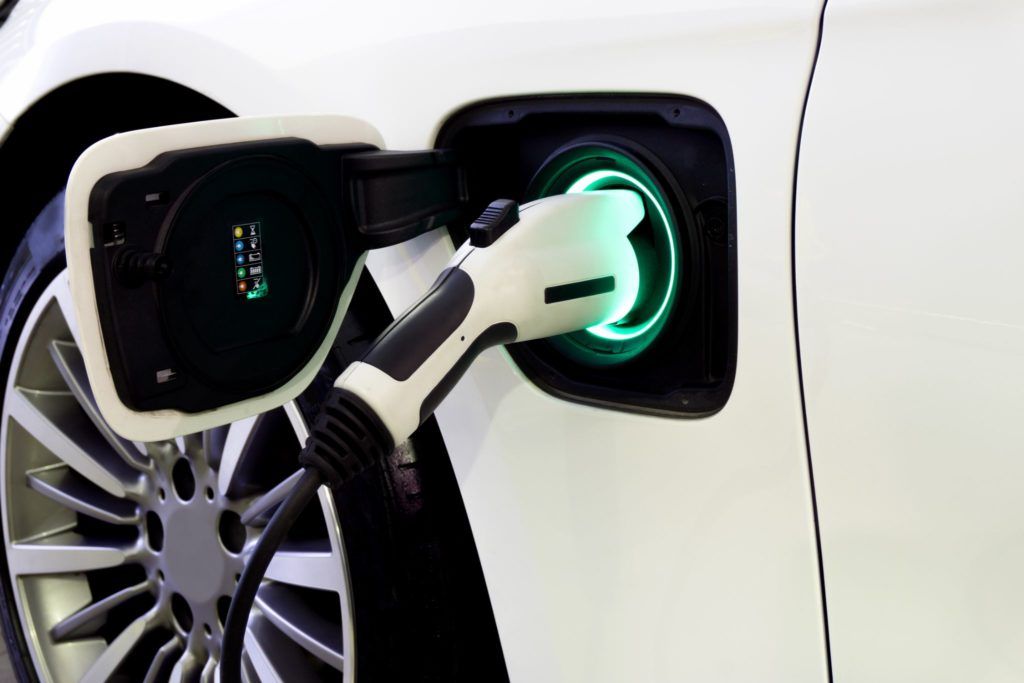The Energy Networks Association (ENA) has set out an industry plan to speed up grid connections and release enough capacity to decarbonise Great Britain’s power grid.
Great Britain’s energy network operators have set out their delivery commitments that will enable fair and faster connections for all customers, and which will be delivered in 2024.
Through this plan:
- An estimated 139GW of additional network capacity will be released
- Connection dates will be accelerated for approximately 71GW of customer projects
- And nearly 50GW of benefits have already been made available to customers this year.
With an additional 112GW of capacity already installed, the 139GW this action plan delivers exceeds the 225GW needed to decarbonise the grid. This opens the door to enough customer projects to fully enable the decarbonisation of Britain’s electricity system by the committed date of 2035.
The realisation of these benefits will depend on the ability of the market to progress viable projects, driven by individual business cases and timelines.
The industry body, which represents Great Britain’s energy network operators, confirmed in its brand-new report; Rising to Britain’s Net Zero Challenge: Our fairer and faster connections action plan, that thanks to the pace of progress seen since the start of 2023, nearly 50GW of that additional capacity is already available to customers this year.
Lawrence Slade, Chief Executive of Energy Networks Association, which represents the UK’s energy network operators said:
“We need to pull out all the stops to accelerate and improve grid connections and this plan gets us the capacity we need in just one more year to decarbonise the grid. The industry action plan we’ve set out today includes new ways to strengthen and tighten up the application process for connections to ensure only projects with a realistic chance of coming to fruition are approved, as well as a redoubling of efforts to improve coordination between transmission and distribution operators which we know will be more streamlined and ultimately, fairer for customers.
“Uptake of the benefits outlined by ENA will depend on the ability of the market to progress projects, including the number of projects which are in the current queue but turn out to be not viable. These so-called ‘zombie projects’ take up valuable capacity in the queue which could be released for other projects which are viable and ready to connect.”
Network operators recently welcomed Ofgem and the UK Government’s Joint Action Plan, and today’s report demonstrates how Britain’s network companies will play their part in delivering it.
The report explains the six steps in the energy networks’ action plan, four of which have been under way since the start of the year and two that are brand new.
The four major steps that have already revolutionised the connections process this year in Britain are:
- Release up to 90GW of capacity by cleaning up the queue and actively managing a “first ready, first connected” process.
- Accelerate up to 70GW of applications by allowing some applicants to connect faster, before enabling works are completed. We will do this through flexible contracts – getting more customers onto the network faster and in a fairer way. Some customers may be required to reduce their output/consumption when needed.
- Release nearly 3GW of capacity by treating storage differently. Storage projects are increasing faster than any other technology – up 5,930% from 2019-2023. Because of the way they’re currently connected, they contribute significantly to network capacity constraints. Network operators are changing the modelling and assumptions for storage projects at both transmission and distribution level, to better align with actual usage patterns.
- Release 46GW of capacity by making network planning processes more coordinated and realistic. Improved construction planning assumptions, and a reformed transmission connections framework will allow for a more efficient process that is not hindered by high application volumes and customer attrition from the queue. This will release 46GW of capacity and accelerate future customer applications.
The two additional steps that complete the action plan are:
- Strengthen and tighten the application process. We will do this by making the application process more discerning – providing more information to the market, requesting more data from applicants, and standardising pre-application engagement. These actions will contribute towards ensuring fewer but higher quality projects apply, addressing today’s rapid queue growth, and lowering attrition within the queue.
- Further improve coordination between transmission and distribution operators – Given the increasing interdependence between connections at distribution and transmission levels, network operators are developing new ways to improve coordination between distribution network operators and transmission operators, including reviewing the threshold for referral for transmission impacts, improving transmission:distribution data exchanges, and reforming transmission asset charging methodologies for distribution customers. These actions will create a more streamlined and equitable customer experience for distribution customers whose projects impact transmission.
These six steps build on reforms that are already under way across the industry including the ESO’s Five Point Plan, Ofgem’s initiative to reform connections rules and ENA’s Strategic Connections Group Action Plan announced earlier in the year.
The report makes clear that networks want to see wider reform from policymakers. It calls out the need for planning, land rights and consenting reforms to speed up the building of new infrastructure. The report also calls on government and Ofgem to work with industry to make improvements to how ‘the queue’ is accessed and prioritised. Network operators currently have an obligation to offer connection agreements to any project, regardless of technology or the project’s viability.
Image courtesy of Shutterstock.














